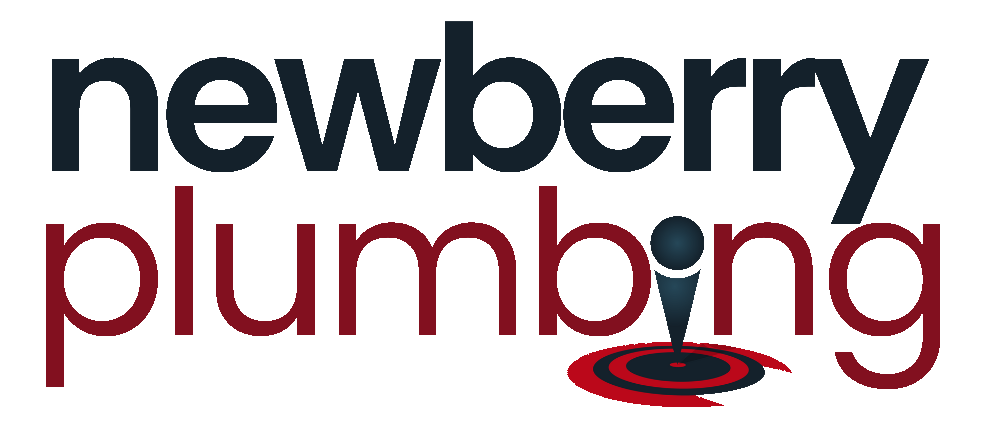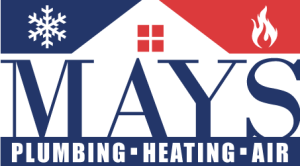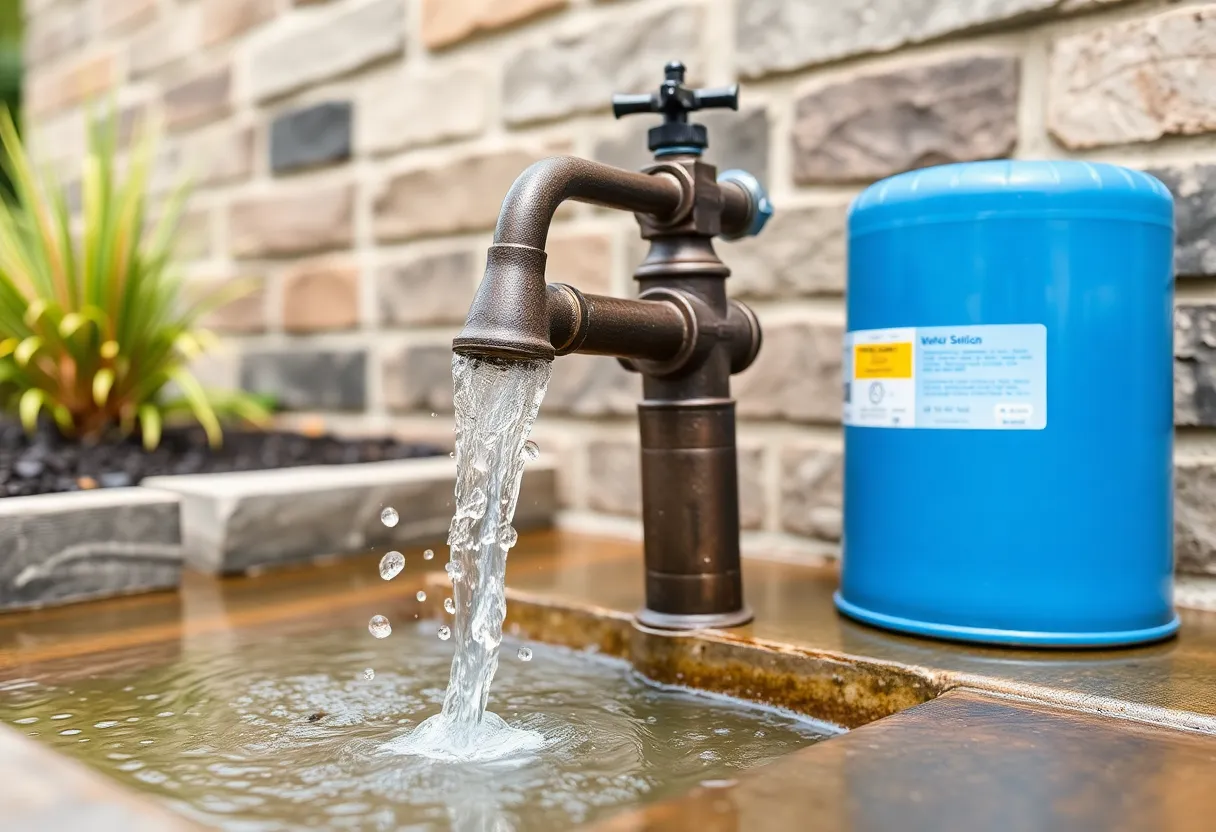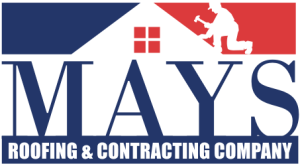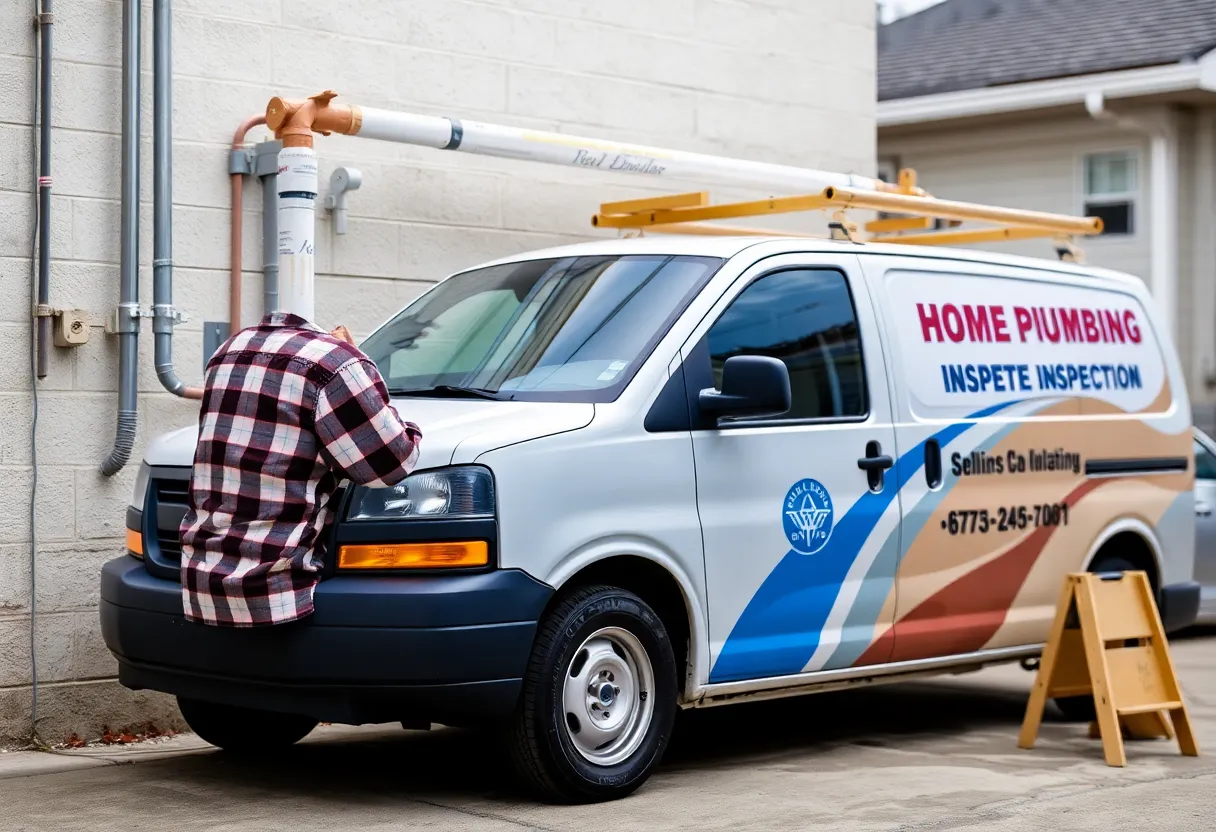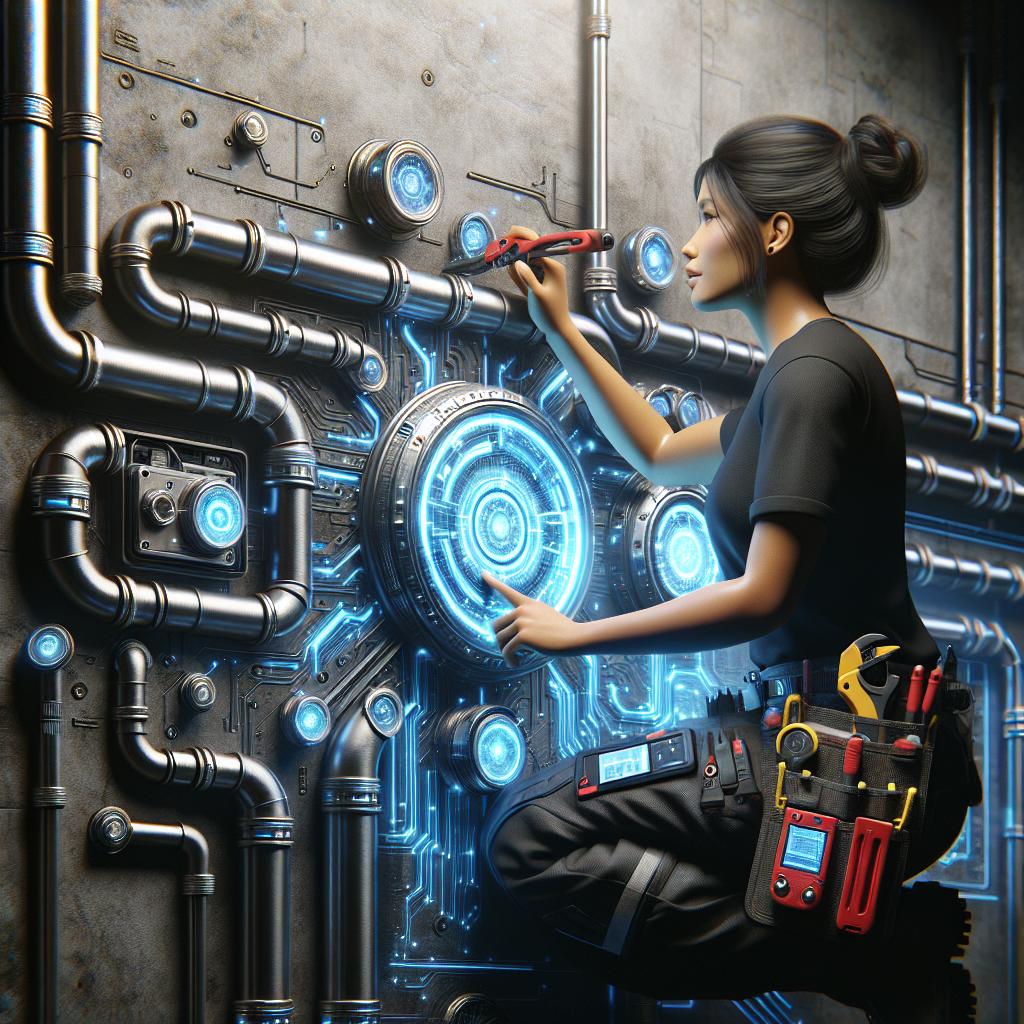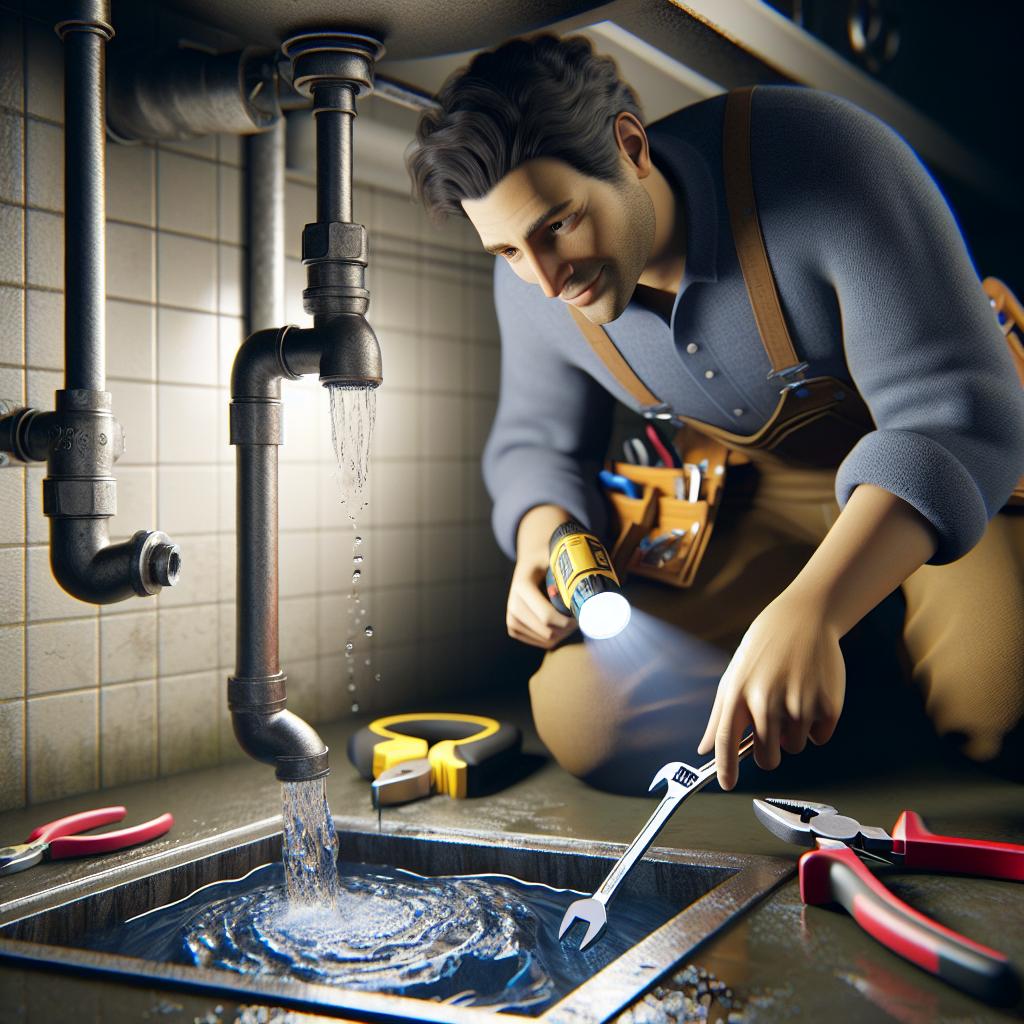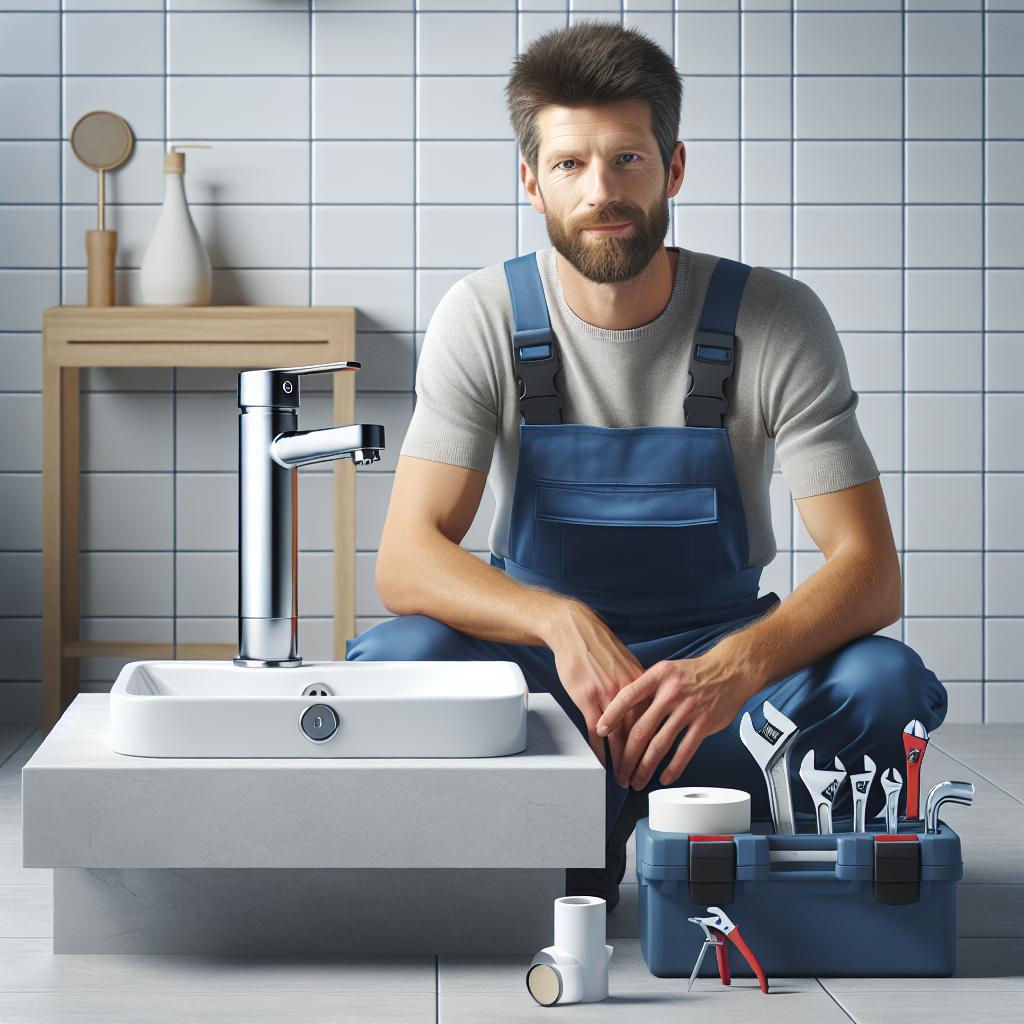The Plumbing Efficiency Revolution: 10 Game-Changing Strategies to Optimize Your Home’s Water System
In today’s world, where sustainability and efficiency are increasingly important, optimizing your home’s water system has never been more crucial. The concept of plumbing efficiency revolves around minimizing water waste, reducing utility costs, and ensuring that your plumbing system operates at its best. This article will delve into numerous strategies you can adopt to revolutionize your home’s plumbing system and maximize its efficiency.
Understanding Your Water System
Before we jump into the strategies, it’s essential to have a basic understanding of your home’s water system. Your plumbing system includes a network of pipes, fixtures, valves, and pumps that deliver water for various uses—ranging from drinking and cooking to bathing and landscaping.
A well-optimized water system not only conserves resources but also increases the longevity of your plumbing infrastructure. Let’s explore some groundbreaking strategies to improve your home’s plumbing efficiency.
1. Install Low-Flow Fixtures
One of the most effective ways to enhance your plumbing efficiency is by installing low-flow fixtures. These include faucets, showerheads, and toilets designed to reduce water consumption without sacrificing performance.
Faucets and Showerheads
Low-flow showerheads can reduce water usage from 2.5 gallons per minute (GPM) to as little as 1.5 GPM, while low-flow faucets can cut usage by 30-50%. These fixtures not only save water, but they also decrease energy costs related to heating water, making them a smart investment.
Toilets
Switching to high-efficiency toilets (HET) can lead to significant water savings. Older toilets can use as much as 6 gallons per flush, while modern HETs generally use 1.28 gallons or less. This alone can save a household up to 13,000 gallons of water per year.
2. Implement a Rainwater Harvesting System
Another innovative strategy to enhance your plumbing efficiency is to install a rainwater harvesting system. This system collects rainwater from surfaces like roofs and directs it into storage containers for later use.
Benefits of Rainwater Harvesting
Using harvested rainwater for purposes such as irrigation, toilet flushing, and even laundry can significantly reduce your reliance on municipal water sources. Not only do you save on water bills, but you also contribute to water conservation efforts.
3. Regular Maintenance Checks
Another vital aspect of maintaining plumbing efficiency is conducting regular maintenance checks. Small leaks or blockages can lead to substantial water waste, so being proactive is key.
Spotting Common Issues
Common issues include:
- Leaky faucets
- Running toilets
- Clogged drains
Perform a visual inspection every few months and consider enlisting a professional plumber for more in-depth checks, especially for your hot water heater and pipes.
4. Upgrade to Smart Technology
Smart home technology has made significant strides in recent years, providing innovative solutions for plumbing efficiency. Smart water monitoring systems track your water use in real time and can alert you to leaks or unusual usage patterns.
Choosing the Right Device
Look for devices that offer features such as:
- Leak detection
- Automatic shut-off valves
- Usage analytics
This technology enables you to identify areas where you might be wasting water, providing you with the tools to act before major problems arise.
5. Insulate Hot Water Pipes
Did you know that a significant amount of energy is wasted while waiting for hot water to reach your taps? Insulating hot water pipes can dramatically reduce this wait time and improve efficiency.
The Benefits of Insulation
Insulation helps maintain the temperature of your hot water as it travels through the pipes, reducing the energy required to heat the water. This not only saves water but also decreases your energy bills.
6. Use Greywater Systems
Implementing a greywater recycling system allows you to reuse water from sinks, showers, and washing machines for irrigation and other non-potable purposes.
How It Works
Greywater systems must collect and process water in a manner that complies with local regulations. However, when set up correctly, they can help you drastically cut your overall water usage, making your plumbing system more sustainable.
7. Consider Water-Saving Appliances
When it comes time to replace your old appliances, consider opting for water-efficient models. Many modern appliances have been designed with water conservation in mind.
Examples of Efficient Appliances
- Washing machines
- Dishwashers
These appliances not only use less water but also tend to utilize energy more efficiently, further contributing to long-term cost savings.
8. Landscape Wisely with Xeriscaping
Your home’s exterior also plays a significant role in your overall water efficiency. By adopting xeriscaping techniques, you can reduce your landscape watering needs.
Principles of Xeriscaping
Factors to keep in mind for xeriscaping include:
- Choosing native plants that require less water
- Implementing efficient irrigation systems, such as drip irrigation
- Using mulch to retain soil moisture
This not only conserves water but also provides many ecological benefits to your local environment.
9. Monitor Your Water Bills
One of the most straightforward ways to gauge your plumbing efficiency is by closely monitoring your water bills. Look for any spikes that could indicate a leak or excessive consumption.
Keeping Track of Usage
Take the time to compare monthly bills and track any drastic changes in your water usage. You can supplement this data with smart technology discussed earlier to gain a holistic view of your consumption.
10. Educate Your Household
Lastly, it’s crucial to foster a culture of sustainability within your home. Educate your family members about the importance of water conservation and how their habits can impact overall plumbing efficiency.
Promoting Awareness
Consider implementing the following practices:
- Establishing a “water-saving” challenge
- Creating a chart to track water usage
- Setting reminders to turn off the tap while brushing teeth
Empowering everyone in the household fosters a sense of responsibility towards your plumbing system’s efficiency.
Conclusion
The plumbing efficiency revolution is about making conscious choices that lead to sustainable water use without compromising comfort and convenience. By incorporating these game-changing strategies into your home’s water system, you’ll not only conserve significant amounts of water and energy but also enhance the longevity and performance of your plumbing infrastructure.
Embracing these steps today ensures a more sustainable future for your household—and the planet. So, why wait? Start your journey towards a more water-efficient home now.
